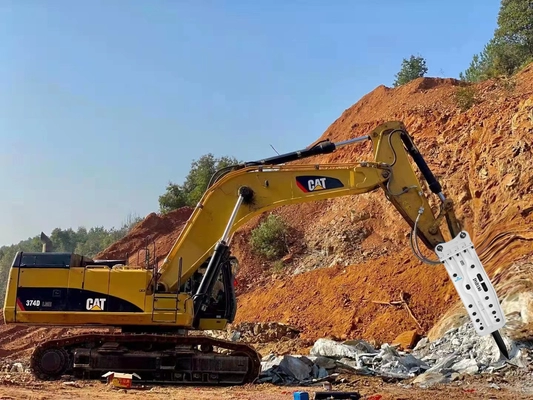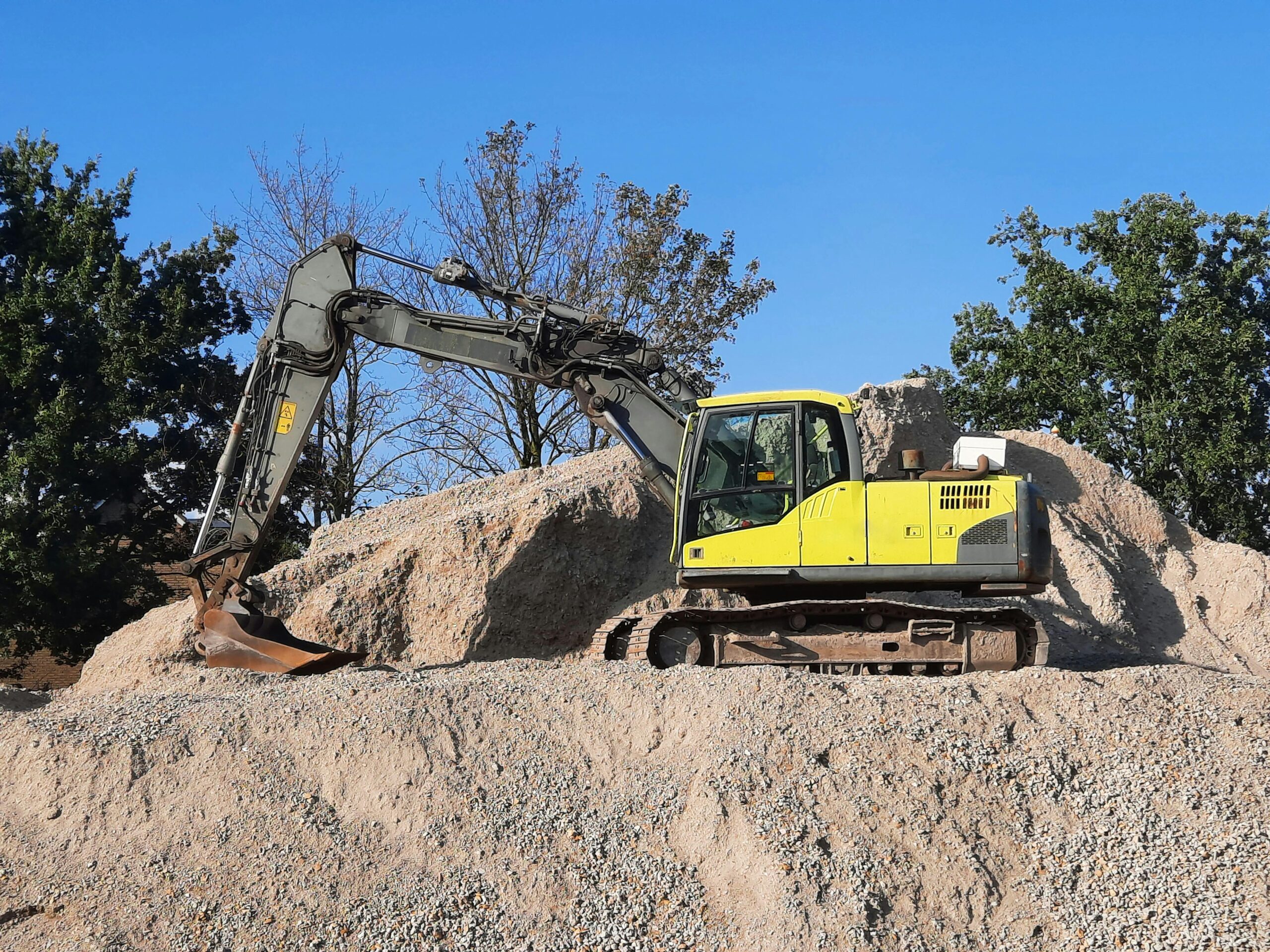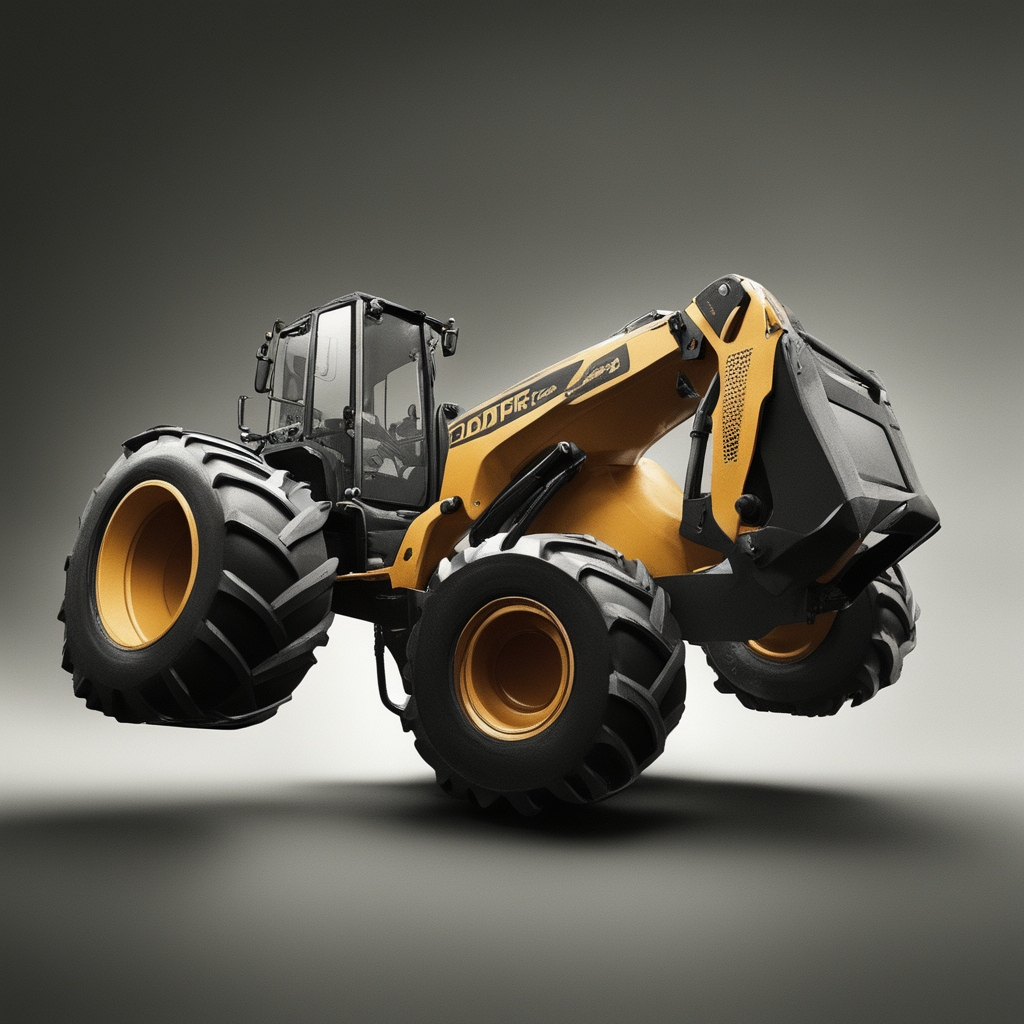Many important jobs require precise control over motion in a straight line. Hydraulic cylinders are used for these jobs and are very important to things that use flowing power. This blog covers a lot of ground on hydraulic cylinders, including definition, operation, and available varieties for different applications.
Functions of Hydraulic Cylinders:
Look at hydraulic cylinders to see how mechanical engineering and fluid dynamics work well. They use hydraulic energy to create strong mechanical forces. Using Pascal’s rule and the way fluids behave in hydraulic pistons makes it possible to spread power well inside a protected system. This job is essential in many business settings, like with big machines, building tools, airplane technology, and car systems.
Description of Hydraulic Cylinders:
Many well-thought-out parts go into making a hydraulic cylinder. These parts all work together to make linear motion happen properly. A cylinder-shaped barrel is the central part of its design. It is carefully made to the correct size to keep the working fluid, usually hydraulic oil, inside a place that can’t be opened. This vital part goes back and forth along the cylinder’s axis and splits the fluid into several pieces. The piston is inside the barrel. The piston rod is the cylinder part that sticks out next to the piston. It sends mechanical energy to weights or other devices outside the cylinder. The complicated system works perfectly because it relies on hydraulic principles. These principles ensure the system works correctly and consistently for a long time.
Types of Hydraulic Cylinders:
Every hydraulic piston is made with a particular design. To be sure certain combinations work, you should think about them and tweak them over time. These kinds are among the most well-known ones:
Single-Acting Hydraulic Cylinders:
Something extraordinary that should be possible to make things more straightforward and less expensive is to utilize a single-acting chamber. In these tubes, the piston can move in one way. However, the return stroke can be changed by things like gravity or spring pressure. People sometimes need a single force to move in a certain way, like when they need to move things, open doors, or run farm equipment.
Double-Acting Hydraulic Cylinders:
Dual-action hydraulic pistons represent extremely complex hydraulic engineering. When they use hydraulic pressure to both stretch and withdraw, it shows how flexible and accurate they are. Because these systems work in both ways, you can precisely control motion. These are important when exact force application and controlled movements are needed. These tanks are essential for many jobs in building, naval, flight, and industrial fields. Some of the jobs involve locking, lifting, and moving things.
Telescopic Hydraulic Cylinders:
Telescopic cylinders are fantastic engineering feats because they can fit a lot of steps stacked on top of each other in a small area, which isn’t possible with regular straight moves. This design method also allows for longer stroke lengths, which saves room. Because of this, they are necessary in places with limited room, like dump trucks, cranes, and flying platforms.
Differential Hydraulic Cylinders:
When you change the width of the valves in a differential hydraulic cylinder, you can use differences in fluid pressure to make different amounts of power. This method is at the cutting edge of making it possible to double the force. They are very good at things that need a lot of force, like pulling big things, bending metal, and making things when it’s boiling outside because of how they think about design.
Piston Hydraulic Cylinders:
One thing that makes a hydraulic cylinder stand out is the strong piston rod that sticks out of one end. People are sure that these cylinders will always work and move power correctly. Many things, like hydraulic jacks, industrial presses, and precise cutting tools, can’t work without these designs because they can hold a lot of weight and place it very accurately. .
Conclusion:
Hydraulic cylinders are an essential part of many industrial processes because they combine mechanical engineering and fluid science. It has full explanations of how they work, thorough details, and a lot of different types. They come in various types, and each has its own perks. Being the best is very important to CT Parts, and we know how hard hydraulic pistons can be. In many cases, we are being able to understand this is key to making things more reliable, faster, and more valuable.




